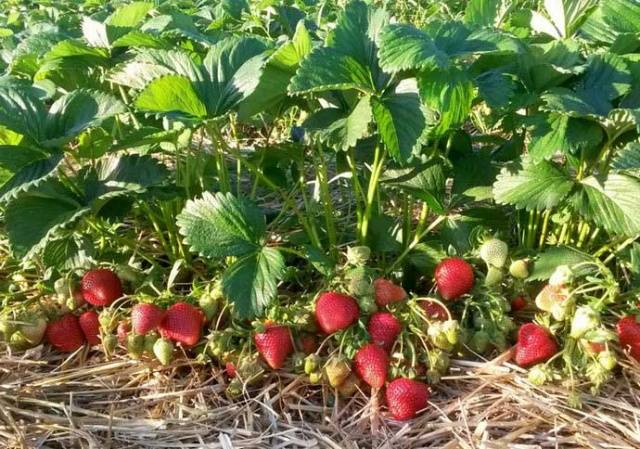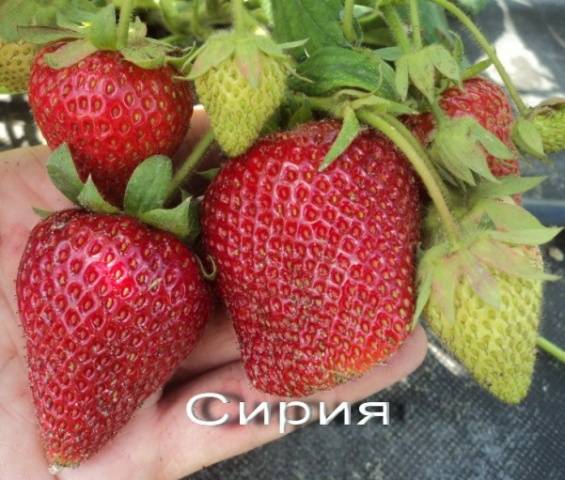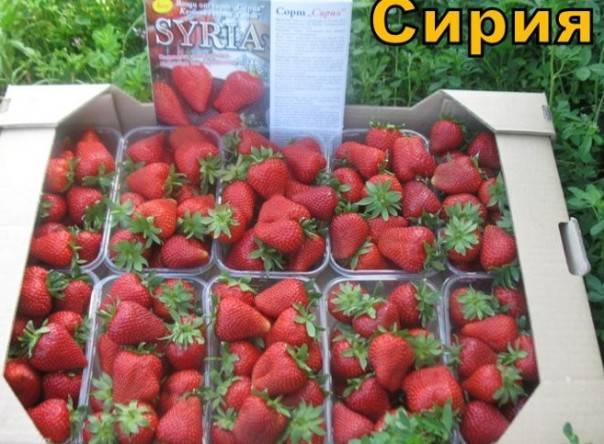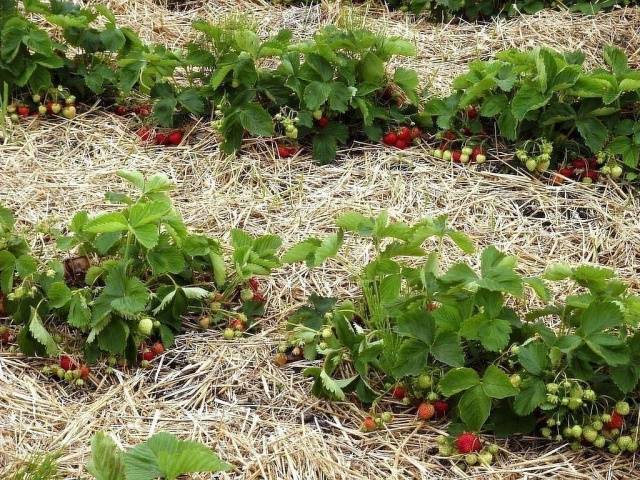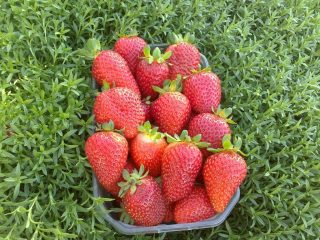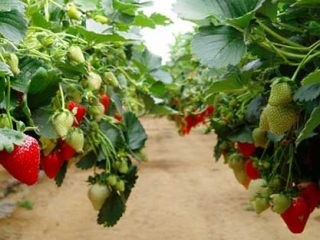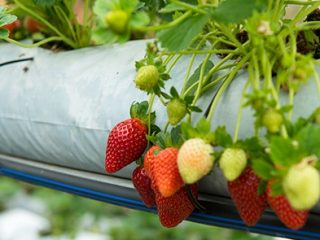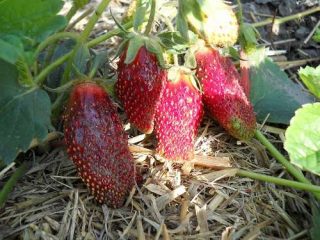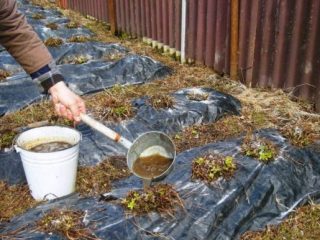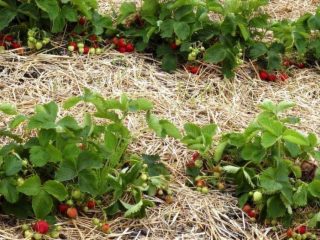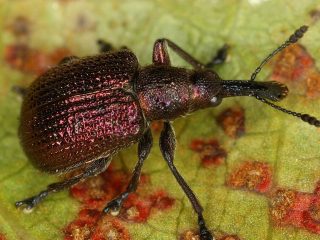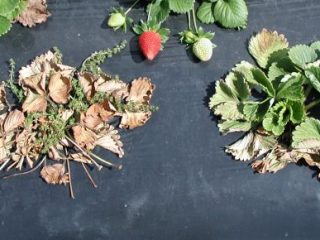Content
Many gardeners today grow strawberries on their plots. When choosing a variety, the possibility of growing the plant in specific regions is taken into account. Syrian strawberries are currently very popular among Russian gardeners.
The originators of the variety are Italian breeders from the New Fruits company, located near the city of Cesene. Strawberries are recommended for growing in continental climates, which is quite suitable for many regions of Russia. The Syria garden strawberry variety bears fruit well in hot summers and little rainfall. Winters well at low temperatures.
Description of the variety
Strawberries of the Syria variety can be grown not only in summer cottages, but also on a production scale. Depending on the growing region, harvesting begins in June. The ripening time of the berries is average, but in any case, the first fruits can be harvested a little later than on Alba or Honea.
The Syrian strawberry variety is high-yielding. With the right agricultural technology, you can harvest about a kilogram of fruit from a plant. Already in the first year, approximately 200 grams are collected from one bush, and up to 700 grams from a square meter. Fruiting of the strawberry variety continues for three years after planting.
Features of bushes
According to the description, reviews from gardeners, as well as photos, strawberries of the Syria variety are distinguished by large and tall spreading bushes. This feature must be taken into account when planting.
The leaves are large, dark green with slight wrinkles. Thanks to this feature, the berries “hide” from birds, which preserves most of the harvest. Although harvesting with abundant foliage is not so easy.
Strawberries produce powerful flower stalks with a large number of medium-sized white flowers. They easily hold a rich harvest of ripening berries. The Syria variety produces a moderate amount of whiskers, but they are quite enough for reproduction.
Features of strawberries
The fruits of the Syria variety are medium-sized and have the classic shape of a slightly elongated cone. They are moderately dense, which contributes to excellent transportation. Here they are, the delicious strawberries in the photo.
Weight of berries is up to 40 grams. Moreover, the first fruits of the Syria variety are larger, then they become a little smaller. The last strawberries weigh about 25 grams. At biological ripeness, the berries are deep red, closer to the color of ripe cherries. When cut, the fruits are soft pink, without white inclusions or voids. On the surface of the strawberry there are many yellow seeds, slightly pressed into the berry.
The taste of Syria berries perfectly combines sweetness and acidity. Tasters highly appreciate the fruits.
Why is the variety valuable?
The Syrian garden strawberry variety, created by Italian breeders, according to descriptions and reviews, as well as photos sent by gardeners, has clear advantages in comparison with some other crops:
- Strawberry productivity increases in the second and third years, and the berries do not become smaller and do not lose varietal qualities.
- The taste properties of Syrian strawberries are excellent; they do not disappear during storage.
- The fruits are quite large and have a universal purpose. In addition to fresh consumption, the berries are suitable for various preparations and freezing.
- The rate of adaptation to new conditions is high, which makes it possible to grow strawberries of the Syria variety almost throughout the entire territory of Russia.
- Plants winter well even at low temperatures and are not afraid of heat and short-term drought.
- The transportability of the Syria variety, according to reviews from gardeners who are thoroughly involved in the crop, is excellent. Which is welcomed by farmers who grow strawberries for sale. The fruits do not lose their presentation and do not leak even when transported over long distances due to their dense structure.
- Resistance to many strawberry diseases is quite good.
Of course, the Syria strawberry variety has disadvantages, but they are minimal. As the originators note, plants are affected by transparent spider mites, especially when grown in greenhouse conditions. Therefore, it is necessary to carry out timely processing.
Growing and care
Strawberry Syria, the description of which is given in the article, is propagated by seeds, dividing the bush or rosettes. All methods are effective. You can buy seeds or seedlings of this variety in stores or order by mail from Becker, Gardens of Siberia, Russian Garden and other seed companies.
Landing location
Strawberry Syria needs to create comfortable conditions, then you can count on a high yield. Garden strawberries should be planted in well-lit places.Shadow can cause small fruits, increased acidity in fruits, and disease in plantings.
Strawberries generally do not like heavy soils and close groundwater. If the site is located in a lowland, you will have to make high beds and lay drainage. A convenient way to arrange seats from south to north.
Before planting Syrian strawberries, the soil is well seasoned with mineral or organic fertilizers so that the basic nutrients are enough for three years of growing the crop.
Predecessor cultures
Another point that is worth paying special attention to is what crops can be predecessors of Syrian strawberries. It is best to plant seedlings after green manure:
- rapeseed and mustard;
- lupine and vetch;
- buckwheat and phacelia;
- marigolds, oats and calendula.
Strawberries of the Syria variety feel good after the following crops:
- greens and legumes;
- onions and garlic;
- carrots, radishes and radishes.
Garden strawberries are sensitive not only to their predecessors. This plant gets along well with many cultivated plants, which help rid strawberries of diseases and pests without the use of pesticides. Lovers of environmentally friendly products plant the following varieties in the beds between bushes:
- parsley, onion and garlic;
- legumes: peas, beans, soybeans;
- low marigolds.
Strawberries with neighbors:
Rules of agricultural technology
Since Syrian strawberries are often grown commercially, the plant requires quality care throughout the growing season.
- Be sure to water the bushes with warm water at least 15 degrees only in the evening. Moreover, the volumes will depend not only on the condition of the soil, but also on the stage of strawberry development. The most productive for the Syria variety is drip irrigation, due to which dosed irrigation of the soil occurs. In addition, liquid fertilizers are applied through the system.
- When using mulching, before digging the beds, add ammonium sulfate (15 grams) and superphosphate (40 grams) to each square. In the future, mineral fertilizers for strawberries of the Syria variety will not be required.
- Grass should not be allowed to grow on a strawberry plantation, since it is on weeds Most often, disease spores and pests take up residence. The top layer of soil is loosened after watering to provide oxygen access to the plant root system.
Disease Prevention
As you know, diseases are difficult to treat; it is best to take preventive measures. Early in the spring, while the Syrian strawberries have not yet come out of dormancy, the leaves are removed and the beds are cleaned.
It is advisable to remove the top layer of soil, which may contain overwintered pests, and treat the plantings and soil with special preparations. Experts advise using Fitosporin, Thiovit Jet, Guspin, a 4% solution of Bordeaux mixture or a 2-3% solution of copper sulfate.
The second serious preventive measure is taken in the fall after the strawberry harvest. The beds are treated with any composition that disinfects the soil and destroys disease spores and pest larvae.
The following remedy works well as a preventative:
In a ten-liter bucket of water add 3 tablespoons of already used vegetable oil, 2 tablespoons each of liquid detergent, table vinegar and ash. Let the solution stand for 10 minutes, filter and spray the plantation with strawberries.
Pests
Strawberry Syria is resistant to many diseases, but with pests will have to fight. Plants can be affected by nematodes, mites, leaf beetles, slugs, ants and other pests.
To kill pests, use special preparations, following the recommendations on the packaging. Combined planting of strawberries can also help solve the problem. For example, herbs and plants with a pungent odor can repel many pests.
There are also traditional methods: a solution of wood ash with soap. Ground red pepper, which is sprinkled on the soil around the strawberry bushes, helps against ants and slugs. If there is a massive insect infestation, you will have to resort to pesticides.
On how to get rid of the pest, advice from a gardener in the video:
Reviews
As you can see, reviews from gardeners who are well acquainted with the variety are mostly positive. To see this, watch the video. These are not just emotions, but reality:
